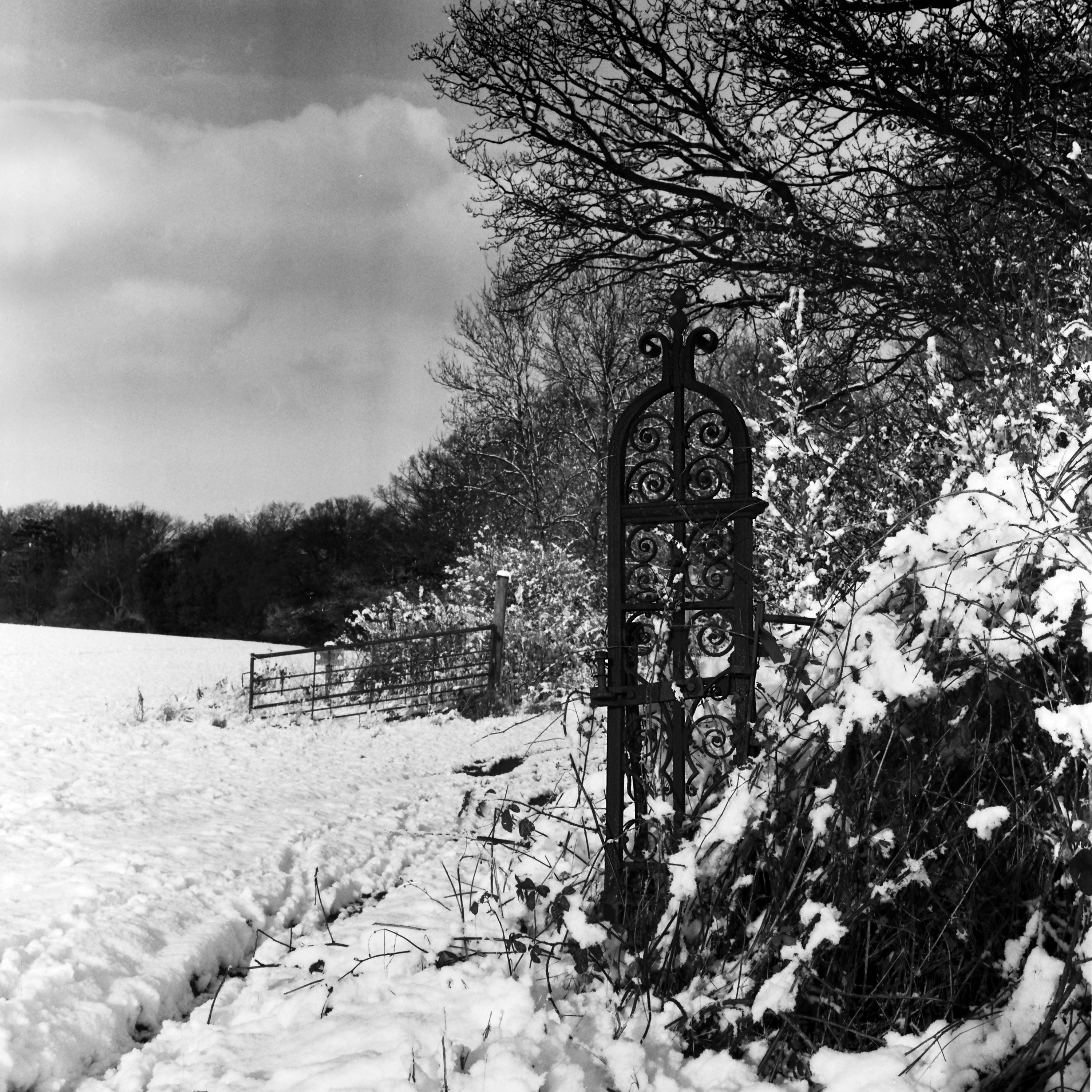|
Pyrgo (other)
Pyrgo may refer to: *Pyrgo Park, Havering, London, England * ''Pyrgo'' (genus), a foraminifer genus in the subfamily ''Quinqueloculininae'' *Pyrgo (mythology) (Πυργώ), the first wife of Alcathous, son of Pelops in Greek mythology See also *Pirgo Pyrgo Park is a park at Havering-atte-Bower in the London Borough of Havering, in North East London, England. It is the site of the former Pirgo Palace, built before 1540 and demolished by 1814; and of Pyrgo House, built 1852, which lasted les ..., royal residence of King Henry VIII * Pyrgos (other) {{disambiguation ... [...More Info...] [...Related Items...] OR: [Wikipedia] [Google] [Baidu] |
Pyrgo Park
Pyrgo Park is a park at Havering-atte-Bower in the London Borough of Havering, in North East London, England. It is the site of the former Pirgo Palace, built before 1540 and demolished by 1814; and of Pyrgo House, built 1852, which lasted less than a century. Pyrgo is one of three large parklands in Havering-atte-Bower, the others being Bedfords Park and Havering Country Park. Toponymy ''Purgore'' is first recorded in 1490 and probably means 'triangular plot of land where pear trees grow'. It is formed from Old English (peartree) and 'gāra' ( a triangular piece of land). ''Pergore Park'' is first recorded in 1544 but ''Portegore'' and ''Portegoo'' were also used in the 16th century. The modern form was recognisable as ''Pergo Park'' in 1805, but ''Pirgo'', ''Purgo'' and ''Pyrgo'' are all variants found. Ordnance Survey maps have shown ''Pyrgo'' for at least the last 100 years. Pirgo Palace Pirgo, spelt Portegore by Henry VIII's officials, was a royal residence of King H ... [...More Info...] [...Related Items...] OR: [Wikipedia] [Google] [Baidu] |
Pyrgo (genus)
Pyrgo may refer to: * Pyrgo Park, Havering, London, England * ''Pyrgo'' (genus), a foraminifer genus in the subfamily ''Quinqueloculininae ''Quinqueloculininae'' is a subfamily in the family Miliolidae of miliolid foraminifera Foraminifera (; Latin for "hole bearers"; informally called "forams") are single-celled organisms, members of a phylum or class of amoeboid protists char ...'' * Pyrgo (mythology) (Πυργώ), the first wife of Alcathous, son of Pelops in Greek mythology See also * Pirgo, royal residence of King Henry VIII * Pyrgos (other) {{disambiguation ... [...More Info...] [...Related Items...] OR: [Wikipedia] [Google] [Baidu] |
Quinqueloculininae
''Quinqueloculininae'' is a subfamily in the family Miliolidae of miliolid foraminifera Foraminifera (; Latin for "hole bearers"; informally called "forams") are single-celled organisms, members of a phylum or class of amoeboid protists characterized by streaming granular Ectoplasm (cell biology), ectoplasm for catching food and ot .... Accessed 2015-02-13. References External links search "TSN" Quinqueloculininae on www.itis.gov Tubothalamea Bikont subfamilies {{foram-stub ... [...More Info...] [...Related Items...] OR: [Wikipedia] [Google] [Baidu] |
Pyrgo (mythology)
In Greek mythology, Pyrgo (Ancient Greek: Πυργώ) was the first wife of the Pisatian prince Alcathous, son of King Pelops of Pisa and Hippodamia, daughter of Oenomaus. She may be the mother of some or all of Alcathous children: Ischepolis, Callipolis, IphinoePausanias, ''Graeciae Descriptio'' 1.43.4 and Periboea.Pausanias, ''Graeciae Descriptio'' 1.42.2 & 4 Otherwise, they were by Alcathous' second wife, Euaechme, daughter of King Megareus of Megara. Notes References * Pausanias, ''Description of Greece'' with an English Translation by W.H.S. Jones, Litt.D., and H.A. Ormerod, M.A., in 4 Volumes. Cambridge, MA, Harvard University Press; London, William Heinemann Ltd. 1918. Online version at the Perseus Digital Library* Pausanias, ''Graeciae Descriptio.'' ''3 vols''. Leipzig, Teubner. 1903.Greek text available at the Perseus Digital Library * Pseudo-Apollodorus The ''Bibliotheca'' (Ancient Greek: grc, Βιβλιοθήκη, lit=Library, translit=Bibliothēkē, l ... [...More Info...] [...Related Items...] OR: [Wikipedia] [Google] [Baidu] |
Pirgo
Pyrgo Park is a park at Havering-atte-Bower in the London Borough of Havering, in North East London, England. It is the site of the former Pirgo Palace, built before 1540 and demolished by 1814; and of Pyrgo House, built 1852, which lasted less than a century. Pyrgo is one of three large parklands in Havering-atte-Bower, the others being Bedfords Park and Havering Country Park. Toponymy ''Purgore'' is first recorded in 1490 and probably means 'triangular plot of land where pear trees grow'. It is formed from Old English (peartree) and 'gāra' ( a triangular piece of land). ''Pergore Park'' is first recorded in 1544 but ''Portegore'' and ''Portegoo'' were also used in the 16th century. The modern form was recognisable as ''Pergo Park'' in 1805, but ''Pirgo'', ''Purgo'' and ''Pyrgo'' are all variants found. Ordnance Survey maps have shown ''Pyrgo'' for at least the last 100 years. Pirgo Palace Pirgo, spelt Portegore by Henry VIII's officials, was a royal residence of King H ... [...More Info...] [...Related Items...] OR: [Wikipedia] [Google] [Baidu] |

